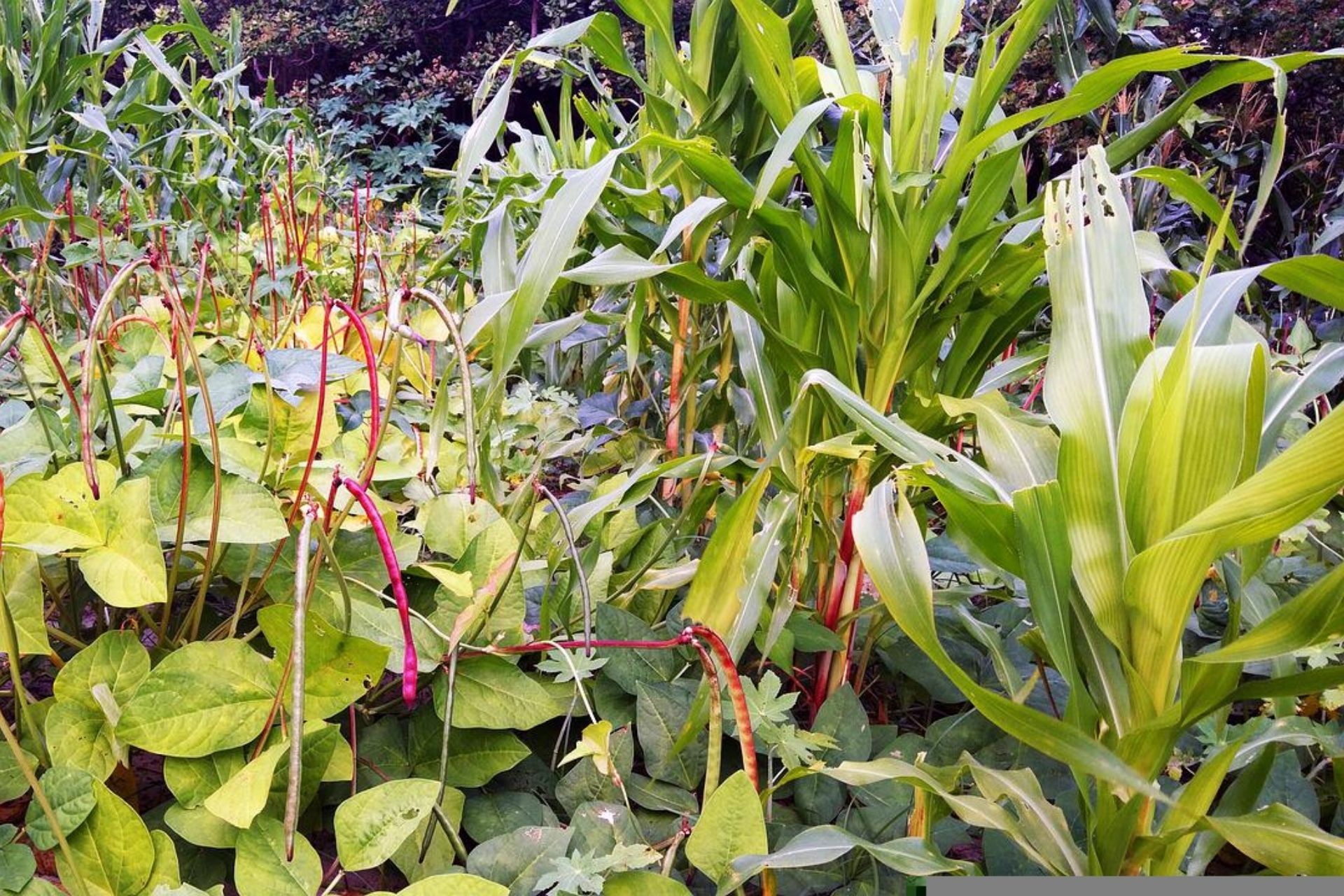
Advantages and Disadvantages of Crop Rotation
We are reader-supported. When you buy through links on our site, we may earn affiliate commission.
The agricultural industry directly impacts the global ecosystem. Farmers search for production enhancement techniques to feed the growing population. Many of the production methods adversely affect soil health and other environmental conditions.
One popular growth technique in the agricultural sector is crop rotation. Environmentalists question whether the technique is sustainable based on its resource absorption, energy use and soil impacts. Before determining if crop rotation is sustainable, individuals must assess its different components.
What is Crop Rotation?
Crop rotation farming is the opposite of monocropping. Agricultural professionals use monocropping to produce an abundance of one crop quickly. Monocropping has adverse environmental effects like soil erosion.
Farmers use crop rotation to prevent soil nutrient depletion and increase crop yields. Agricultural professionals plant various crops throughout the year to preserve the environment. They also move plants around on their lands, which reduces disease and pest interferences.
The crop rotation farming technique is similar to permaculture. Permaculture is the most sustainable crop production technique. It relies on Earth’s mutually beneficial synergies to grow food without disrupting the environment.
Permaculture farmers plant compatible crops together and minimize fertilizer and pesticide uses. They place leafy light-intensive plants over low-light crops to increase the efficiency of photosynthesis. Farmers are using sustainable agricultural techniques to improve environmental conservation.
Why are Eco-Conscious Farmers Rotating Their Crops?
The agricultural industry depletes many global resources and degrades the ecosystem. It uses nearly 70% of Earth’s freshwater supply, which leaves a small portion for consumption, industrial manufacturing and other systems. Preserving the global freshwater supply is essential because of its low availability rates.
Only around 0.5% of Earth’s water supply is available for human use. Crop rotation improves soil’s moisture absorption rates, which reduces freshwater exploitation. It also decreases soil erosion and enhances fertility levels.
Overproducing one crop can significantly deplete soil nutrients. Climate change also degrades agricultural lands by altering precipitation patterns. Farmers can yield abundant crops and reduce resource exploitation by rotating their vegetation.
Increasing sustainable crop production may decrease the global hunger rate. Hunger and starvation are becoming significant issues as the world’s population expands. Farmers may explore the advantages and disadvantages of crop rotation before investing in the technique.
Advantages of Crop Rotation
Crop rotation has many agricultural benefits, which support its global integration. The most significant advantage of crop rotation is increasing crop yields. Farmers struggle to maintain abundant yields as the global climate changes.
The rotation practice may minimize some adverse climate effects and increase crop production. Crop rotation is also more cost-effective than monocropping. Farmers can use fewer additives like synthetic fertilizers and pesticides when rotating vegetation.
Reducing fertilizer and pesticide usage also protects marine ecosystems from eutrophication. The additives contain nitrogen and phosphorus, which promote algal blooms when they reach the ocean. Algae deplete oceanic oxygen levels and cause forced migration.
Aquatic species experience endangerment outside of their natural habitats. Farmers can increase crop production and protect marine ecosystems by rotating their crops. Environmentalists also identify some disadvantages of crop rotation, which interfere with its agricultural efficiency.
Disadvantages of Crop Rotation
Some farmers may experience crop production limitations when moving plants throughout their fields. Different crops require unique growing conditions, which interferes with their compatibilities. Farmers struggle to grow light-intensive plants on small plots of land with shade-producing crops.
Crop rotation can also pose a financial risk for undereducated farmers. Agricultural professionals may add different crops throughout their fields to engage in permaculture. If they have minimal knowledge of their crops, they can struggle with disease and pest interferences.
The interferences may cause significant crop losses and financial challenges. Different plant species also require unique farming equipment. Investing in various machines and systems may impact farmers’ finances.
Although crop rotation has some disadvantages, increasing one’s agricultural education can minimize financial limitations. Farmers can access abundant and sustainable yields by studying permaculture gardening. Permaculture uses crop rotation to improve environmental and economic agricultural outcomes.
Creating a Permaculture Garden
Agricultural professionals can build permaculture gardens by following a few simple steps. They must first study their fields and identify crop-compatible growing locations. Then, farmers can invest in different plants based on their environments.
Individuals may also increase the sustainability of their permaculture gardens by adding compost. The additive can improve soil fertility levels and prevent erosion. Professionals may plant new crops each growth season and shift their gardens around their farms.
Is Crop Rotation Sustainable?
After exploring the advantages and disadvantages of crop rotation, farmers may question whether the production technique is sustainable. Individuals can engage in sustainable crop rotation practices by increasing their agricultural education. Overall, the production technique is significantly more sustainable than monocropping because it uses fewer resources and preserves local ecosystems.
Share on
Like what you read? Join other Environment.co readers!
Get the latest updates on our planet by subscribing to the Environment.co newsletter!
About the author
Jane Marsh
Starting from an early age, Jane Marsh loved all animals and became a budding environmentalist. Now, Jane works as the Editor-in-Chief of Environment.co where she covers topics related to climate policy, renewable energy, the food industry, and more.





